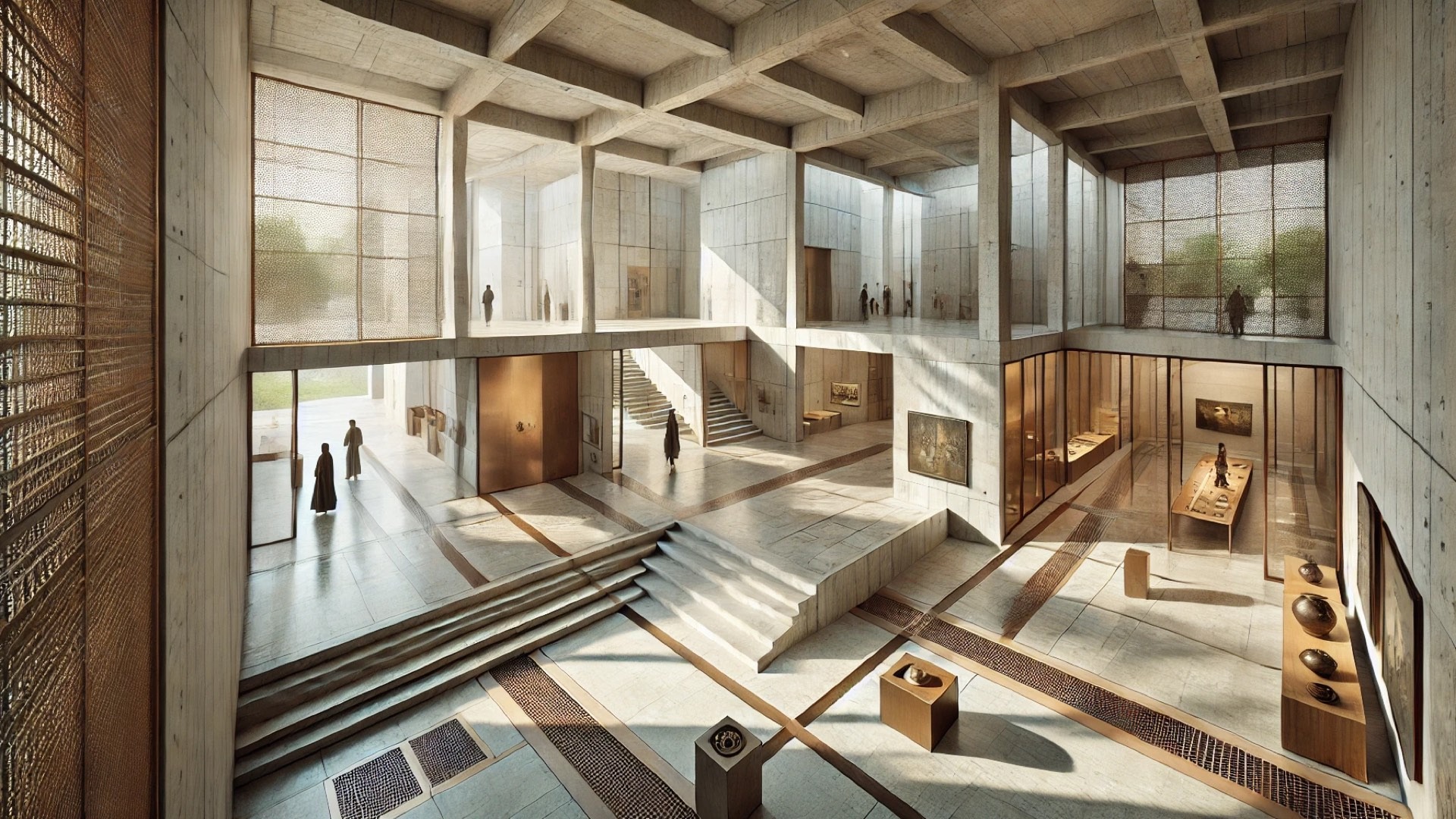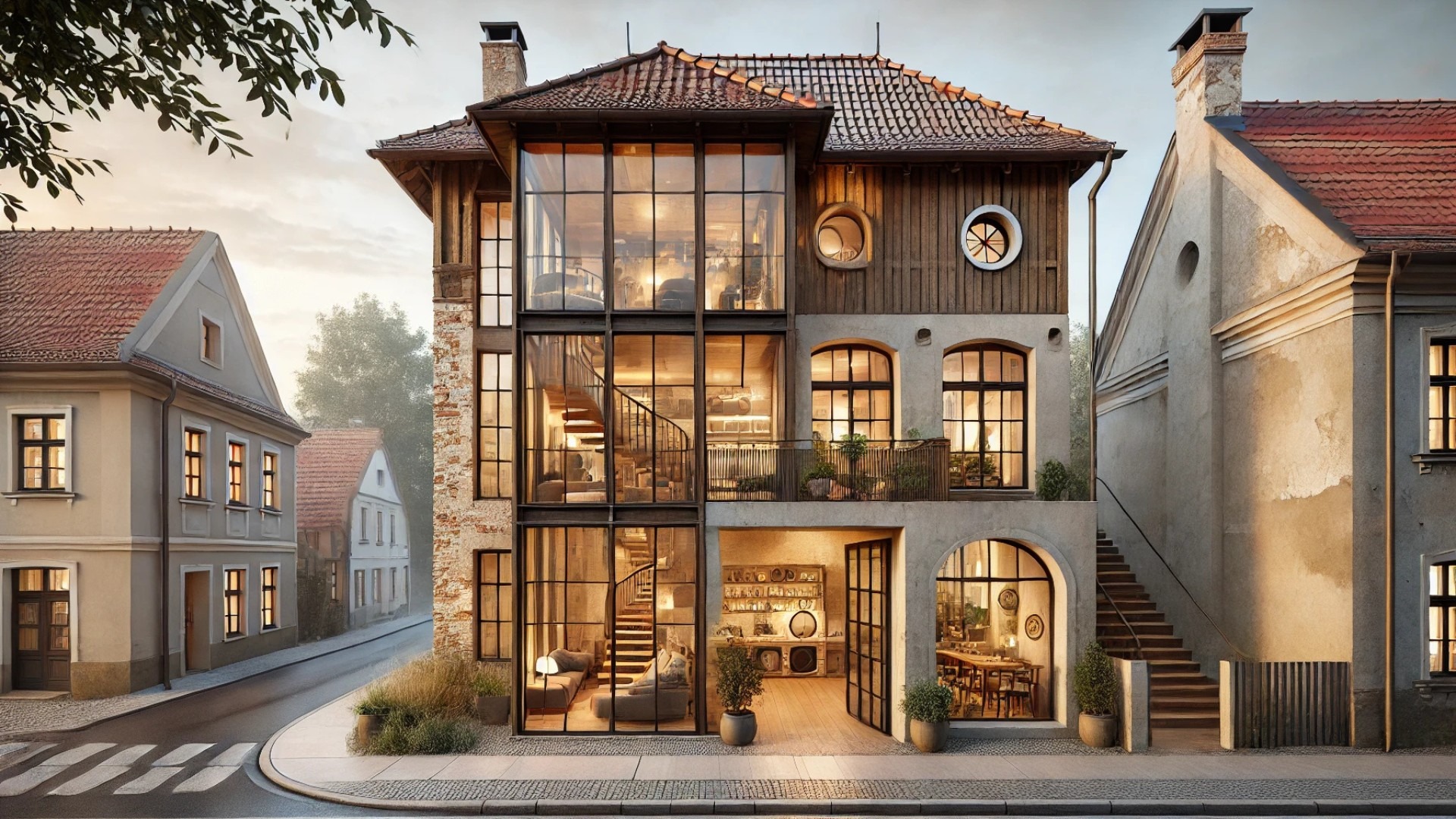
Carlo Scarpa's Unique Approach to Modern Design
When one strolls through the Giardini della Biennale in Venice, renowned for its stunning array of national pavilions, it is impossible to overlook the quiet yet profound impact of the Venezuela Pavilion, designed by the celebrated architect Carlo Scarpa. His work stands apart not just for its aesthetic beauty but for its intricate design philosophy that draws on cultural narratives and historical references. The Venezuela Pavilion might seem like just another modernist structure, yet its depths reveal layers of storytelling that define Scarpa's legacy.
Historical Context of the Venice Biennale
The Venice Biennale, founded in 1895, has grown from a small event into a premier platform for showcasing contemporary art and architecture. Originally intended to celebrate the arts, each national pavilion serves as a unique expression of cultural identity. Scarpa's pavilion, established well into this rich history, reflects the modernist shift in viewer expectation: a move towards interactive experiences rather than mere observation.
A Sense of Place: Little Venice to Venice
Scarpa's affectionate nod to the concept of 'Little Venice' is evident in the pavilion’s design, which seeks to create a dialogue between the natural environment and architectural form. His deft manipulation of materials—such as exposed concrete, glass, and bronze—does more than physically frame the art presented within; it envelops visitors in a sensorial encounter, inviting them to engage fully with both structure and art.
Why This Pavilion Stands Out
Unlike many traditional pavilions, Scarpa's design eschews grandiosity for intimacy. The Venezuela Pavilion's layout encourages exploration, with spaces that flow into one another, a technique Scarpa mastered throughout his career. This thoughtful spatial arrangement speaks to the symbolism of the pavilion itself: an embodiment of Venezuela's artistic voice within the global stage of the Biennale.
The Architect’s Legacy in Contemporary Practice
The enduring influence of Carlo Scarpa cannot be overstated; his work remains a critical framework for understanding modern architectural practice. As architects today grapple with sustainability, integration of technology, and historical context within their designs, Scarpa’s philosophies serve as a valuable reference point. His seamless blending of traditional craft with innovative modernism teaches current and future architects the importance of narrative in design.
What Visitors Can Experience Today
Visitors to the Giardini today will notice the Venezuela Pavilion not solely as an exhibition space, but as a narrative medium. Attending the Biennale allows individuals to witness firsthand the convergence of art, architecture, and cultural discussion in a way that Scarpa envisioned. Engaging with the pavilion encourages a deeper understanding of the conversations surrounding contemporary art and showcases how design can provoke emotional response.
 Add Row
Add Row  Add
Add 




Write A Comment